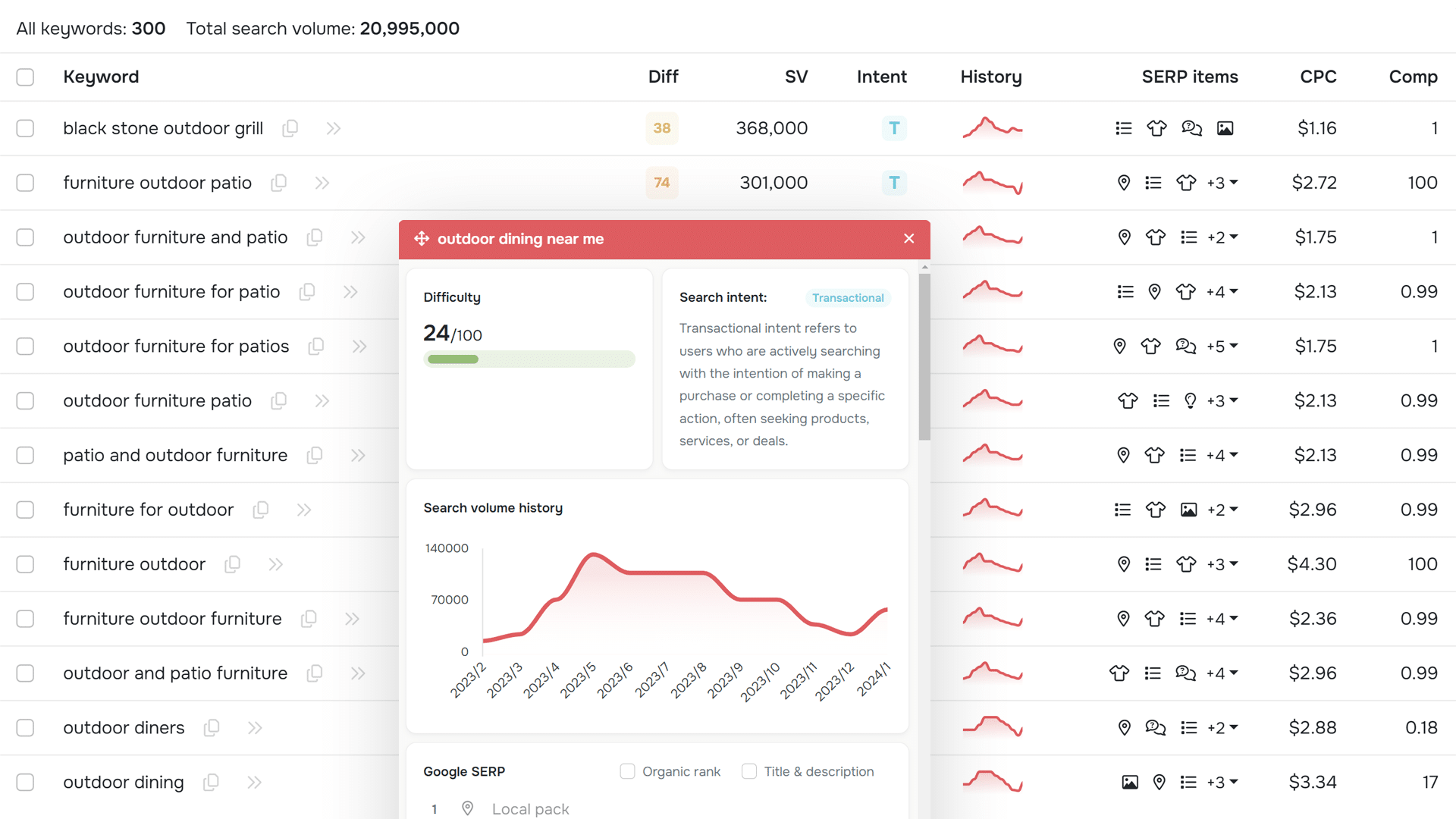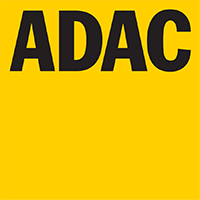Improve your content with data-driven optimizations.
Access vital SEO metrics for your keyword list. Pinpoint and optimize keywords with great potential.







Recommended and used by







3 simple steps to unlock more metrics
Improve your content strategy with valuable keyword Insights.




Import your keyword set
Just upload your XLSX or CSV file directly on the dashboard, and seospark.io will enrich your keywords with real-time metrics.

Base your decisions on data
Keyword metrics from seospark.io provide you with the perfect foundation for selecting the right keywords for your content.

Stay informed with these comprehensive metrics
- Search Volume
The number of times the keyword is searched per month. - CPC
The amount you pay for each click in Google Ads. - Search Intent
The intention behind the keyword: commercial, informational, etc.
- Difficulty
How challenging it is to rank for the keyword. - SERP Items
Rich Snippets displayed in the SERP for your keyword. - Search History
The search history of the keyword over the past 12 months.
|
seospark.io
|
AnswerThePublic
|
SEMRush
|
keywordinsights.ai
|
|
|---|---|---|---|---|
| Keyword Discovery | ||||
| SERP Clustering | ||||
| Rank Tracking | ||||
| People Also Asked | ||||
| Competitor Keywords |
Why you should choose us.
seospark provides a top-notch all-in-one solution that combines keyword research and performance tracking tools.
More data. More insights.
Real Results, Real Feedback








Frequently Asked Questions
Should you have any further inquiries or concerns, please do not hesitate to reach out to us.
We fetch keyword and ranking data in realtime from Google, so all data you see in the tool is highly accurate up to date.
We offer a trial for you to test the tool and see if it’s right for you. A trial is not automatically converted to a subscription. After your trial, you can subscribe and choose to be billed monthly or yearly. You can cancel your subscription at any time.
Yes, seospark allows you to export your keyword data in various formats, including XLSX (Microsoft Excel), CSV and JSON.
Yes, seospark supports virtually every language and country, making it a versatile tool for businesses and marketers worldwide.
Yes, seospark offers a range of support and training resources, including a knowledge base, video tutorials, and a customer support team that can be contacted via email. The tool is very user-friendly, so even beginners can get started quickly.
